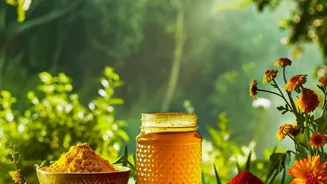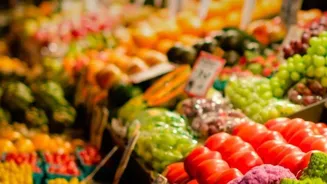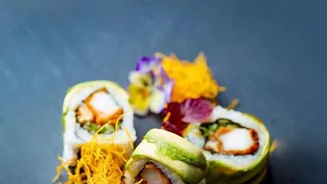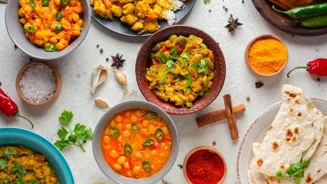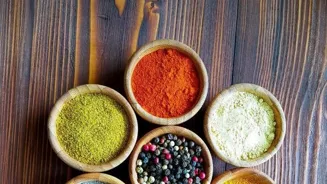Embark on a culinary journey across the diverse flavors of India. Explore regional cuisines, ingredients, and traditions. Read more!
India, a land of vibrant cultures and diverse landscapes, also boasts
a culinary heritage that is as rich and varied as its people. From the snow-capped Himalayas to the sun-kissed beaches of the south, each state offers a unique tapestry of flavors, ingredients, and cooking techniques.
Embarking on a culinary tour across India is not just about tasting delicious food; it's about immersing oneself in the history, traditions, and local life of each region. It's about understanding how geography, climate, and cultural influences have shaped the distinctive cuisine of each state.
Exploring Punjab's rich culinary heritage and traditional dishes
Our gastronomic journey begins in the northern state of Punjab, known as the "Land of Five Rivers." The fertile plains of Punjab, blessed with abundant sunshine and water, yield a bounty of fresh produce.
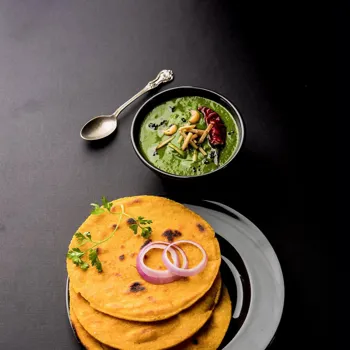
Punjabi cuisine is characterized by its hearty and flavorful dishes, often cooked in a tandoor (clay oven) or on a tava (griddle). The use of ghee (clarified butter) is a hallmark of Punjabi cooking, adding richness and aroma to the dishes.
Staples like sarson ka saag (mustard greens) and makki di roti (cornbread) are winter delicacies, while lassi (yogurt drink) and chole bhature (chickpea curry with fried bread) are popular choices year-round.
Sweet treats like pinni (sweet made with wheat flour and nuts) and jalebi (deep-fried spirals soaked in syrup) are perfect endings to a satisfying Punjabi meal.
West Bengal's renowned cuisine: sweet and savory blends, panch phoron spice, iconic sweets
Moving eastward, we arrive in West Bengal, a state renowned for its artistic spirit and its love for sweets. Bengali cuisine is a delightful blend of sweet and savory flavors, with a focus on fresh fish, rice, and vegetables.
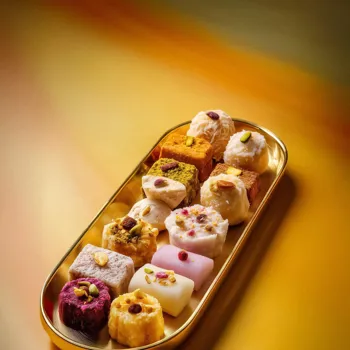
The use of panch phoron (a mixture of five spices) is a distinctive feature of Bengali cooking, adding a complex and aromatic flavor to the dishes. Aloor dum (potato curry), shukto (a mixed vegetable stew with bitter gourd), and dhokar dalna (lentil cakes in gravy) are popular vegetarian choices.
But what truly sets Bengali cuisine apart is its incredible array of sweets. Rasgulla (cheese balls in syrup), sandesh (sweet made with paneer), and mishti doi (sweet yogurt) are just a few of the many delectable desserts that Bengal has to offer.
Bengalis have a sweet tooth and their cuisine satisfies this desire with a wide array of options.
Kerala's cuisine: coconut-rich, flavorful dishes like appam, sadhya feast
Traveling southward, we reach Kerala, a state known as "God's Own Country" for its lush greenery and serene backwaters. Kerala cuisine is a vibrant explosion of flavors, with a focus on coconut, spices, and fresh seafood.
The use of coconut milk and coconut oil is prevalent in many Kerala dishes, adding a creamy texture and a distinctive aroma.
Appam (fermented rice pancakes), idiyappam (string hoppers), and puttu (steamed rice cake) are popular breakfast choices, often served with vegetable stew or sambar (lentil-based vegetable stew). Sadhya, a traditional vegetarian feast served on a banana leaf, is a must-try experience in Kerala.
The meal comprises a variety of dishes, including rice, sambar, avial (mixed vegetable curry with coconut), thoran (dry vegetable stir-fry), and payasam (sweet milk pudding).
Exploring sweet & savory Gujarati cuisine with unique snacks like dhokla & undhiyu
Our culinary adventure continues to the western state of Gujarat, known for its entrepreneurial spirit and its love for snacks. Gujarati cuisine is characterized by its subtle sweetness and its emphasis on vegetarian dishes.
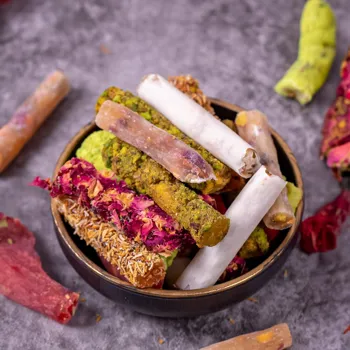
The use of sugar, jaggery, and lemon juice is common, creating a unique sweet and sour flavor profile. Dhokla (fermented chickpea flour cake), khakhra (thin, crispy crackers), and fafda (crispy fried snacks) are popular Gujarati snacks, often enjoyed with chutney (sauce).
Undhiyu, a mixed vegetable casserole cooked in an earthenware pot, is a winter specialty. The meal is a mix of different vegetables, spices and herbs, which makes it healthy. Gujarati thali, a platter of various dishes, is a great way to sample the diverse flavors of the region.
Exploring Rajasthan cuisine: rich, spicy dishes reflecting desert influences
Venturing into the heartland of India, we arrive in Rajasthan, the "Land of Kings." Rajasthan cuisine is known for its rich and flavorful dishes, often cooked with ghee and spices.
The harsh desert climate has influenced the cooking techniques, with a focus on dishes that can be stored for long periods. Dal baati churma, a classic Rajasthani dish, consists of lentil curry, baked wheat balls, and a sweet crumbled mixture.
Gatte ki sabzi (gram flour dumplings in gravy), ker sangri (a dry vegetable dish made with desert beans and berries), and mirchi vada (chili fritters) are other popular Rajasthani specialties.
Sweets like ghevar (disc-shaped sweet cake) and malpua (pancakes soaked in syrup) are perfect for finishing off a Rajasthani feast.
Exploring Assam's rich cuisine: simple, flavorful dishes, fermented foods, teas
Finally, we arrive in the northeastern state of Assam, a land of rolling hills and tea gardens. Assamese cuisine is characterized by its simple yet flavorful dishes, with a focus on fresh ingredients and local spices.
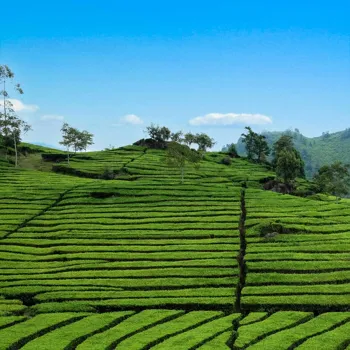
The use of fermented foods and herbs is common, adding a unique tang to the dishes. Khar (an alkaline dish made with unripe papaya or banana peel), masor tenga (sour fish curry), and aloo pitika (mashed potatoes with mustard oil and onions) are popular Assamese specialties.
Pitha (rice cakes) and laru (sweet balls) are traditional Assamese sweets, often prepared during festivals and celebrations. Assamese tea, known for its strong and malty flavor, is a perfect accompaniment to any meal.
